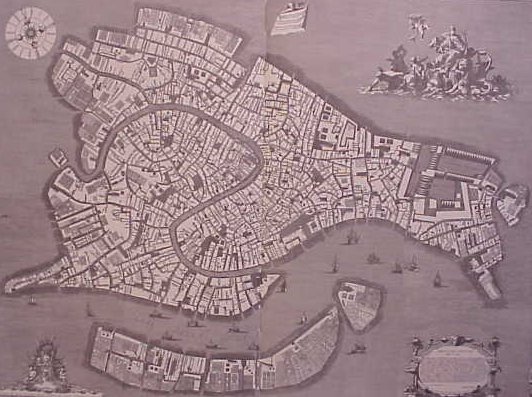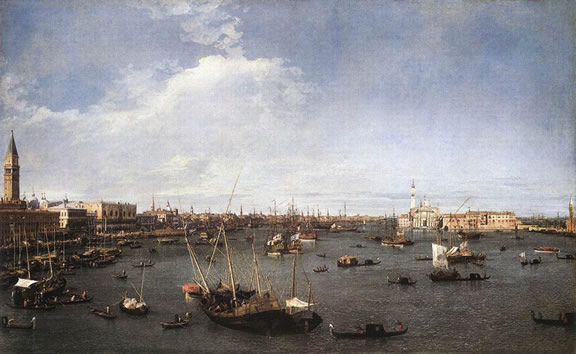In the 17th Century the need to counter continual attacks by the Uscocchi pirates forced Venice to besiege Gradisca del Friuli (1615), convinced that Austria was encouraging the Uscocchi, eager to challenge Venice’s sovereignty in the Adriatic.
After a war which highlighted the weakness of its naval forces, Venice accepted Spanish mediation and the guarantee that the Uscocchi would move inland.
The totally unnecessary War of Candia lasted much longer, when the Ottomans, after having arrested the Venetian Bailo in Constantinople, besieged the Venetian fortresses that finally surrendered in 1669 after resisting twenty-four years.
Venice was no longer the centre of Mediterranean trade and its merchant navy could no longer compete with its French, English and Dutch counterparts. Moreover, there was no longer the will nor the manpower to build the sufficiently large and well equipped fleets and armies to equal those of the rival forces.
When Venice joined Austria in the fight against the Ottomans for dominance over Hungary and Transylvania, it regained a certain land power. With the Peace of Carlowitz (1699) Venice regained most of the Morea in the Greek Peloponnese, but it then lost it again after the next Turkish attack resulting in the Peace of Passarowitz (1718).
The Venetian stato da mar was thus limited to dominion of Istria, Dalmatia, the Ionian islands and a small part of Albania.
On the domestic front, corruption was rampant among the political class. Then there was the scourge of plague: the epidemic of 1630-1631 was even worse than that of the previous century (1575-1576) and swept away one third of the population, causing further problems for Venetian Republic, in addition to its already severe social, economic and demographic worries.
During the 18th Century, Venice continued to experience political, commercial and military decline. It did, however, manage to influence contemporary art, architecture and literature, becoming one of the most sophisticated cities in Europe. There was also major efforts in planning in various fields, especially State records. Maritime trade and the ports were restructured, accompanied by the creation of a Merchant Navy Code. Statue-books were introduced and innovations in manufacturing, agriculture and the management of roads and land were encouraged, resulting in the completion of the murazzi barrier in 1744.
After the French Revolution in 1789, Venice could not prevent its government from abdicating in favour of Napoleon on 12th May 1797, while still trying to maintain its policy of neutrality towards France and Austria.
The Venetian Republic of the Serenissima ended after more than a thousand years of independence. The Treaty of Campoformido ratified the division of its territories: Veneto, Istria, Dalmatia, Cattaro (Kotor, Montenegro) and part of Lombardy. The first French occupation was short-lived, as Napoleon quickly handed Venice and the Veneto to Austria in exchange for recognition of the Cisalpine Republic. Austrian troops entered Venice on 18th January 1798.






